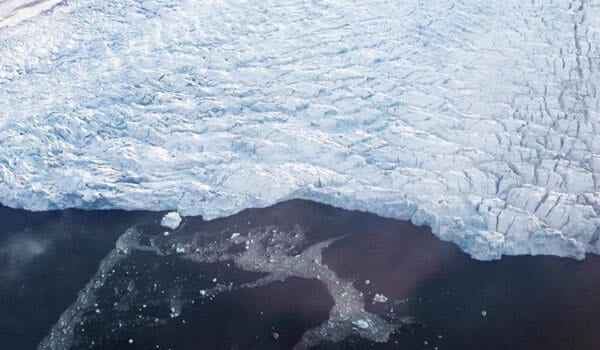New report from NILU et.al: Measurements of black carbon (BC) in ambient air are important for quantifying atmospheric transport and effects of black carbon.
The report reviews the availability and quality of observational black carbon data in the Arctic. It focuses in particular on long-term datasets from sites operated according to international quality assurance standards.
Relevant black carbon data from short-term campaigns, including observations made from ship, aircraft, and satellite, as well as measurements in snow, are also reviewed. The report concludes that there are very few long-term sites in the Arctic region monitoring black carbon. Only four sites – Alert (High Arctic, Canada), Summit (Greenland), Barrow (Alaska, USA) and Zeppelin (Svalbard, Norway) currently have long-term (multi-decadal) time series for BC measurements.
“There are large regions of the Arctic where no or few black carbon observations are made. One of these regions are the Russian part of the Arctic”, says research director Kjetil Tørseth from NILU. “In the report, we emphasize that it is very important to maintain the ongoing monitoring at existing sites, and also increase the number of sites to fill geographical gaps.”
Another key conclusion was the need to measure black carbon at a high enough quality to ensure data inter-comparability between the observatories. It is specifically recommended to comply with the recommendations of the World Meteorological Organisation – Global Atmosphere Watch (WMO-GAW) and ACTRIS (European Research Infrastructure for the observation of Aerosol, Clouds and Trace Gases).
A final key conclusion is that the reporting of data and the data reviews undertaken by the international databases can be improved. This review is of high relevance to the ongoing work under the UNECE Air Convention’s European Monitoring and Evaluation Programme (EMEP), the Arctic Council (e.g., the Arctic Monitoring and Assessment Programme (AMAP)) and other international organizations concerned about black carbon. Among them are WMO-GAW, United Nation Framework Convention on Climate Change (UNFCCC) / Intergovernmental Panel on Climate Change (IPCC) and the Climate and Clean Air Coalition (CCAC).


